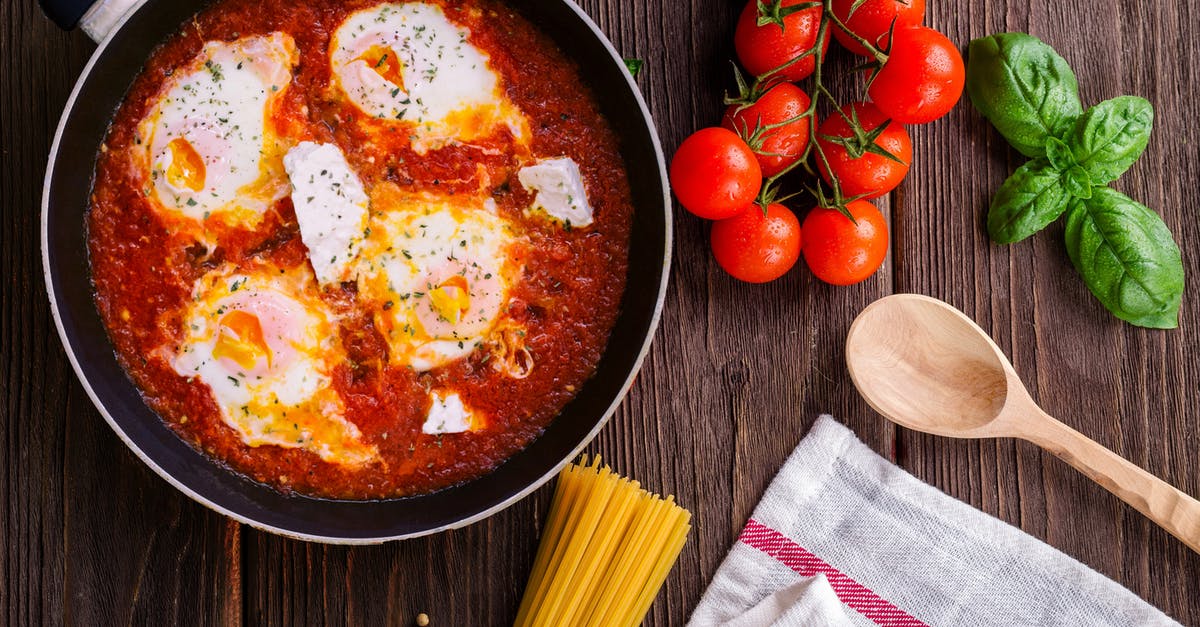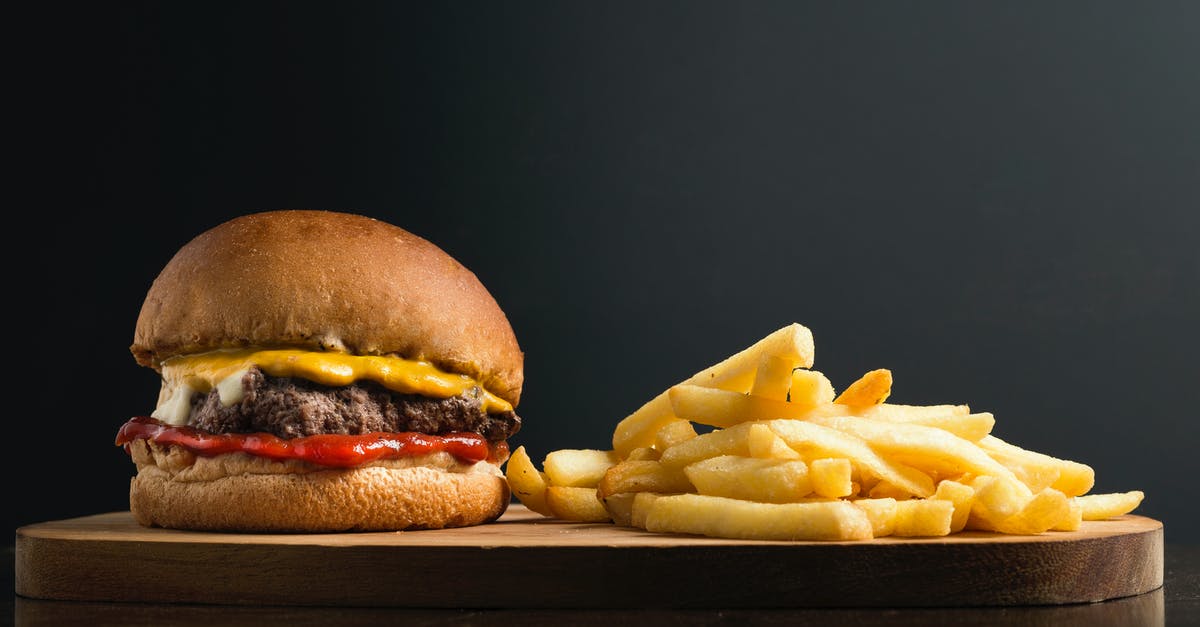How to avoid the sauce turning bitter when stir-frying clams?

In Malaysia and Singapore (and I believe in Thailand and Indonesia as well) the typical way to prepare clams is to stir-fry them with a bit of chilli and garlic. It's one of my favourite dishes when eating out at restaurants. However, every time I try to cook it at home the sauce (clam juice) turns out bitter (or at least much more bitter than at restaurants).
So, how do the restaurants do it? How to avoid the clam juice turning bitter?
Best Answer
I am not familiar with the specific Asian versions, but I have eaten and cooked a close European cousin, Spaghetti Vongole, many times. It is a fine dish with mussels rather than clams, but often it is not cooked very well outside of Italy.
Let us look at the potential components that could make the dish bitter. Apart from the quality, type and cleanliness of the oil used, the first one, as @Stephie suggested, is burnt garlic (or indeed chilli). When the dish does start frying, liquid should quickly emerge from the clams and counter this possibility. This is normally accomplished by placing a lid over the pan immediately after the mussels are added to the hot oil, garlic and chilli. It is important that the heat is hot enough to encourage the mussels to open, but not so hot as to burn the aromatics. The exact heat used will vary with the pan used, a heavy pan is best suited here as you don't want the temperature to fall excessively due to the quantity of clams or mussels added. The European dish uses generally uses olive oil which has a low smoke point but a very subtle flavour which will balance the dish. The oil will impart a certain flavour, so you will probably want a neutral vegetable oil for your version.
Next, we have the mussels or clams themselves. It is important that they are scrubbed clean with a brush to remove contaminants, any beards removed and any open ones discarded. This also raises an interesting point, the clams or mussels, having lived in the sea, will contain seawater. This potentially is the ingredient that is causing the bitterness, as there would be many minerals and salts in the water. As cooking the mussels, causing them to open, then rinsing them, would remove a lot of flavour from the dish, how is this countered in the European dish?
Traditionally, this is accomplished by adding a glass of white wine along with the mussels, bringing this to a boil reducing slightly, before adding the lid. This adds a depths of flavour, and when using a dry white wine, would balance out any bitterness released via the clam liquor. Sweet white wine is never used in this dish. You could substitute a fish stock for this if alcohol was not desired, but you would have to ensure the stock is not too salty as the clam liquor will contain salt.
Finally, depending on the recipe, some cream is added and the dish served with pasta.
J. Kenji López-Alt has a good demonstration with clams, although he does add some extra ingredients as well:
Pictures about "How to avoid the sauce turning bitter when stir-frying clams?"



Quick Answer about "How to avoid the sauce turning bitter when stir-frying clams?"
This is normally accomplished by placing a lid over the pan immediately after the mussels are added to the hot oil, garlic and chilli. It is important that the heat is hot enough to encourage the mussels to open, but not so hot as to burn the aromatics.How do you make soy sauce with clams?
How do you filter clam broth?
As soon as you remove the clams from the stove, carefully pour as much of the broth as you can into a tall, narrow container. Let the broth sit for 10 minutes, then carefully pour through a fine-mesh strainer. After sitting, 99 percent of the grit will have collected at the bottom of the container.How do you prepare clams for soup?
Bring clams and 4 cups water to a boil in a large pot over high heat. Cook until clams just open, 8-10 minutes (discard any that do not open). Using a large slotted spoon, transfer clams to a large rimmed baking sheet; set broth aside. Let clams cool slightly, then pull meat from shells; discard shells.정말 맛있는 ‘ 주꾸미볶음 ’ 레시피 🐙 : Korean Spicy Stir-fried Small Octopus [우리의식탁]
Sources: Stack Exchange - This article follows the attribution requirements of Stack Exchange and is licensed under CC BY-SA 3.0.
Images: Dana Tentis, Daniel Reche, Valeria Boltneva, Pixabay
